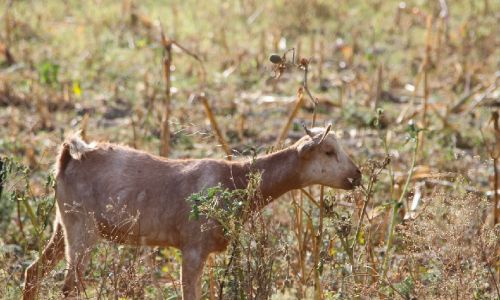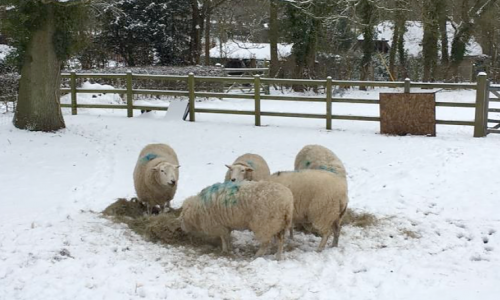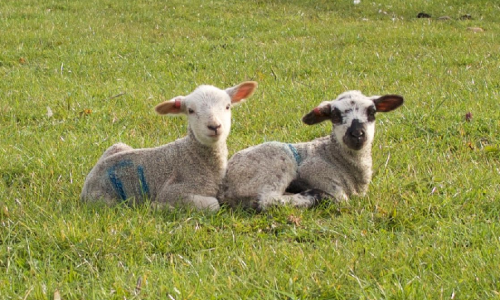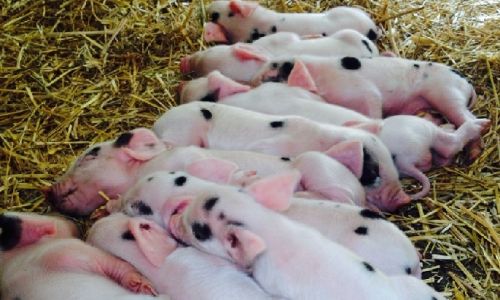Can livestock production contribute to sustainability?
A case for animal product consumption
Marie Richardson
Meat and milk production is bad because it is such a major contributor to global warming, right?
Here, I’d like to examine an alternative perspective.
Why are livestock important?
Firstly, let’s look at the origins of our animal product consumption. Globally livestock is sometimes referred to as ‘bank on hooves’. Animals can be moved out of harm’s way in time of flood or famine, sometimes being hardier than crops. Animals can also make use of otherwise unproductive land, that which is unforgiving to crop growth and can be fed waste products not used to feed people. This makes them integral to food security for millions around the globe.
Human health
Furthermore, there are those who highlight that our current nutrition paradigm in the UK is perhaps based on limited research and poorly drawn conclusions. Meat and milk are a far richer nutrient source than their wholegrain, fruit and veg substitutes. The link between red meat consumption with heart disease and bowel cancer is being brought into question. People are finding more health benefits from low carb, low sugar diets (meat and veg), compared to the low fat, high sugar and carb diets which have been favoured in the last few decades.
We do know that animals fed on a more natural, non processed diet have higher levels of nutrients in their final products, compared to their grain and soya fed counterparts.
Certainly, in the UK we can enjoy the nourishment from these high nutrient meat and milk products but in developing countries producing a densely nutritious product is a matter of survival. So to sustain human health should we really be throwing animal products off our plate?
Soil health
We are all connected, or so they say.
Not only do we need healthy food to produce healthy animals, we now realise we must have healthy soil to grow anything nutritious at all. So let’s dig deep and take a look down to earth. Our land has been seriously degraded with UK soils being low in carbon and nutrients. Not only is degraded soil vulnerable to erosion but it also produces nutrient poor food. Whilst chemical fertilizer can help grow crops it does nothing for the carbon content of the soil which gets further depleted with every harvest under our dominant farming methods. It has been shown that by grazing animals tightly and moving them quickly we can reap a number of benefits. The hooves push plant matter into the topsoil. They leave their dung on the field as a natural fertilizer and they only eat the top of the plant, the most nutritious layer. In this way the soils’ organic matter and carbon content increases quickly, allowing aeration and soil microorganisms to populate and regenerate. In turn the soil ends up with more water holding capacity and nutrient holding capacity. The animals get the most nutritious part of the plant, hence a more nutritious product. There are many farms globally and across the UK introducing these ideas and are purporting an increase in diversity of flora and fauna all the way up the food chain. Low inputs and increase in vegetation diversity also offsets methane and carbon dioxide production from digestive gases.
Conservation farming
Within the UK there are abundant accounts of such methods being combined with tree planting and herbal ley seeding as well as other techniques where farmers report an increase in wildlife, soil fertility, better animal health with less medication requirement and of course, most importantly, a good profit. Tim May from Pitt Hall farm, milking dairy cows, growing arable and grazing sheep and beef, reports life returning back to his farm after a change to conservation farming techniques. He made the switch after he realised his depleted soil was not producing good yields despite increasing technological input. There are numerous reports of reversing desertification by better managing livestock in Australia and Africa, although tree planting and agroforestry is an important factor in some areas also. And it’s not just for ruminants. Conservation pigs is a company who actually contracts out pigs to be used for conservation projects, getting into those overgrown and hard to reach places.
Wider implications
Certainly when it comes to sustainability, I feel is important to inspect the individual slices, but then also to examine how they might fit back together into the whole cake. There are certainly many questions triggered by these ideas. Could we support the entire population if we were farming all our livestock in this way? How suitable are these techniques to the UK climate? What are the welfare implications? Surely we would still need to see a reduction of red meat consumption? Wouldn’t we have to charge such a premium for the product that it would become unaffordable to many people?
Certainly there are challenges that may currently seem insurmountable and many believe livestock production in this way will therefore remain niche.
Despite that, produce grown in this way is gaining popularity at an alarming rate. Perhaps smaller farms can become more commonplace once more? Perhaps local community supported ventures will allow these methods to thrive? How much of our land is currently used solely to graze horses? What happened to all our common land?
Regardless, it seems essential that to move forward as a human race living on a healthy planet we need to examine these questions further.
So despite the popular view that boycotting animal products is the answer to saving the planet, when we look a bit deeper, we see another story.
Animal products supply a densely rich nutrient resource to keep us healthy all over the globe. In addition, animals have a unique role in soil regeneration, which currently seems to be an important factor for recovering thriving ecosystems and a healthy planet. So next time you buy your meat or milk consider what it has eaten first.
Created by a group of farm animal, aquaculture and wildlife population health experts
Our Food and Farming working group is supporting the transition towards regenerative agriculture — the conservation and rehabilitation of food and farming systems.



